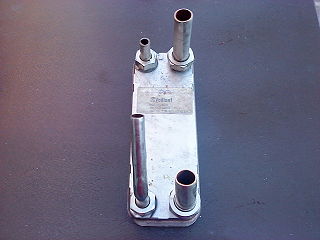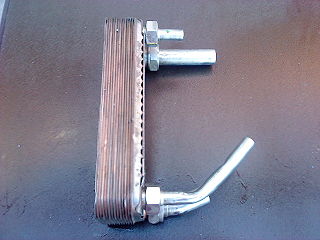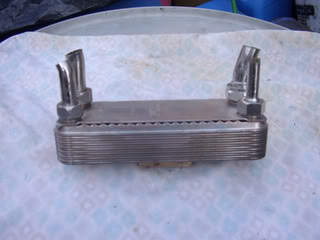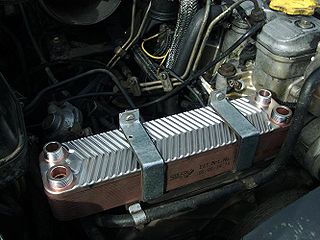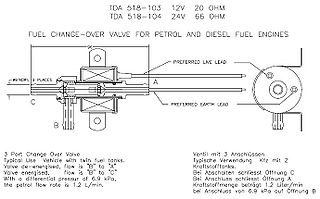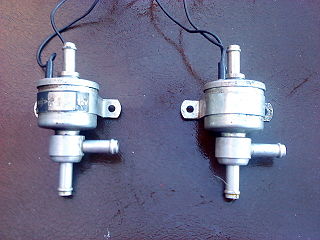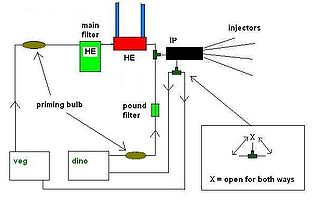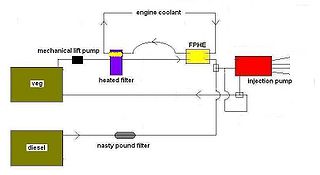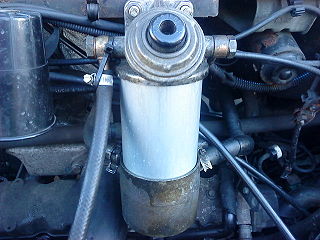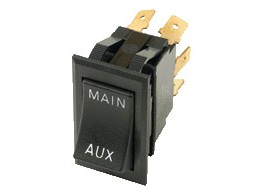Difference between revisions of "Heat exchangers and solenoid valves"
(Added meta description) |
|||
| (One intermediate revision by one other user not shown) | |||
| Line 1: | Line 1: | ||
| − | |||
<metadesc>Heat exchangers for vegetable oil, Solenoid valves for vegetable oil, Veg oil systems for car engines, Veg oil system diagram, WVO schematic, Running cars on cooking oil, Twin tank systems foe WVO, How to run a car on vegetable oil</metadesc> | <metadesc>Heat exchangers for vegetable oil, Solenoid valves for vegetable oil, Veg oil systems for car engines, Veg oil system diagram, WVO schematic, Running cars on cooking oil, Twin tank systems foe WVO, How to run a car on vegetable oil</metadesc> | ||
{{stub}} | {{stub}} | ||
| Line 47: | Line 46: | ||
[[User:Rotary-Motion|Rotary-Motion]] 21:50, 5 December 2010 (UTC) | [[User:Rotary-Motion|Rotary-Motion]] 21:50, 5 December 2010 (UTC) | ||
[[Category:Vegetable oil]] | [[Category:Vegetable oil]] | ||
| + | [[Category:Vehicles & modifications]] | ||
Latest revision as of 17:35, 26 January 2014
Twin-tank system. Parts and plumbing.
The vehicle is started on mineral Diesel, and then the valves switch over to an auxiliary veg tank when the engine reaches full temperature - the heat exchanger is used to raise the temperature of vegetable oil before it reaches the injection pump, using engine coolant to transfer heat across the plates of the heat exchanger.
Before stopping the engine at the end of a journey, the system must be "Flushed or Purged" with mineral Diesel, making it safe to re-start ie: in the morning from a cold start few hours later. Short stops eg: 30 mins etc 99% of the time shouldnt need to purge/flush down, as the engine will still be upto optimum temperature. (winter times may vary!)
- Click pictures to enlarge
Rotary-Motion 21:50, 5 December 2010 (UTC)
